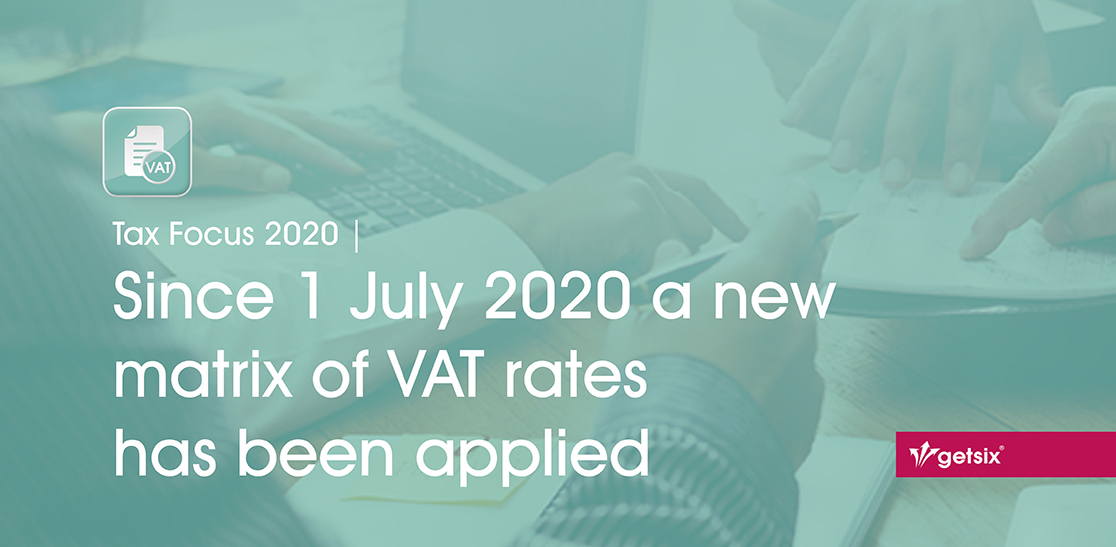Since 1 July 2020 a new matrix of VAT rates has been applied
15 June 2020
15 June 2020

Pursuant to the Act of 9 August 2019 amending the Value Added Tax and several other acts (Journal of Laws of 2019 item 1751, 2200 and of 2020, item 568), since 1 July 2020 a new matrix of VAT rates has been applied. Once in force, the Polish Classification of Products and Services (PKWiU 2008) is abandoned in favour of:
This also involves a general reduction of VAT rates, since from now on, the various chapters of the Combined Nomenclature (CN) (which include certain groups of goods) have been subject to a single rate of VAT, and where there was a need to change the rate for certain goods, the principle of “levelling-down” has been adopted, i.e. generally the VAT rate was reduced.
Since the introduction of the new matrix of VAT rates, the WIS (Binding Rate Information) has come into force, which can provide legal protection against tax authorities. The WIS is an administrative decision in which the Director of the National Revenue Information determines which VAT rate is appropriate for the goods or services indicated by you. It has been possible to apply for it since 1 November 2019.
The application of a single VAT rate for individual chapters of the Combined Nomenclature simplified the assignment of groups of goods to the correct rates.
From 1 July 2020, the Polish Classification of Products and Services (PKWiU 2008) was no longer used, and goods for VAT purposes are currently marked using the Combined Nomenclature (CN) or the Polish Classification of Types of Constructions (PKOB).
Since then, the whole groups of goods (CN chapters) are subject to a single VAT rate, so as to simplify the VAT rate system.
It is worth mentioning that every year the European Commission publishes a new version of the Combined Nomenclature in an implementing regulation. Therefore, taxpayers have to check every year whether the classification of the goods they are interested in has changed.
The Combined Nomenclature (CN) in force in 2020 was introduced by Commission Implementing Regulation (EU) 2019/1776 of 9 October 2019 amending Annex I to Council Regulation (EEC) No 2658/87 on the tariff and statistical nomenclature and on the Common Customs Tariff.
The CN number of the goods can be determined using the correspondence tables between CN and PKWiU 2015 and between PKWiU 2015 and PKWiU 2008 published by the Central Statistical Office of Poland.
Some examples of the new VAT rates, which have been in force since 1 July 2020, are given below:
Source:
https://www.podatki.gov.pl/vat/abc-vat/matryca-stawek-vat/
https://www.biznes.gov.pl/pl/firma/podatki-i-ksiegowosc/chce-rozliczac-vat/proc_707-wiazaca-informacja-stawkowa
https://www.gov.pl/web/finanse/co-nowego-w-lipcu–dzialania-mf-i-kas
https://www.gov.pl/web/kas
If you have any further questions or require additional information, please contact your business relationship person or use the enquiry form on the getsix® website.
***
Download the brochures providing general information and outlining the services that are offered by HLB member firms.
Learn moreClick below for more detailed information regarding population, major towns and cities, language, religion and holidays in Poland.
Learn more